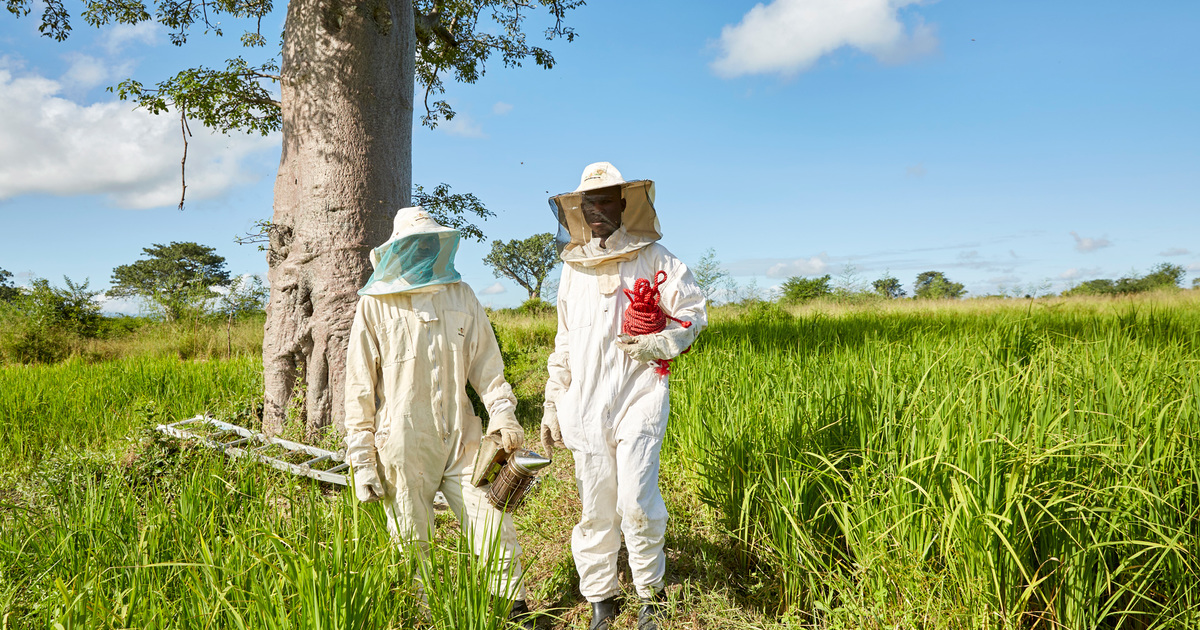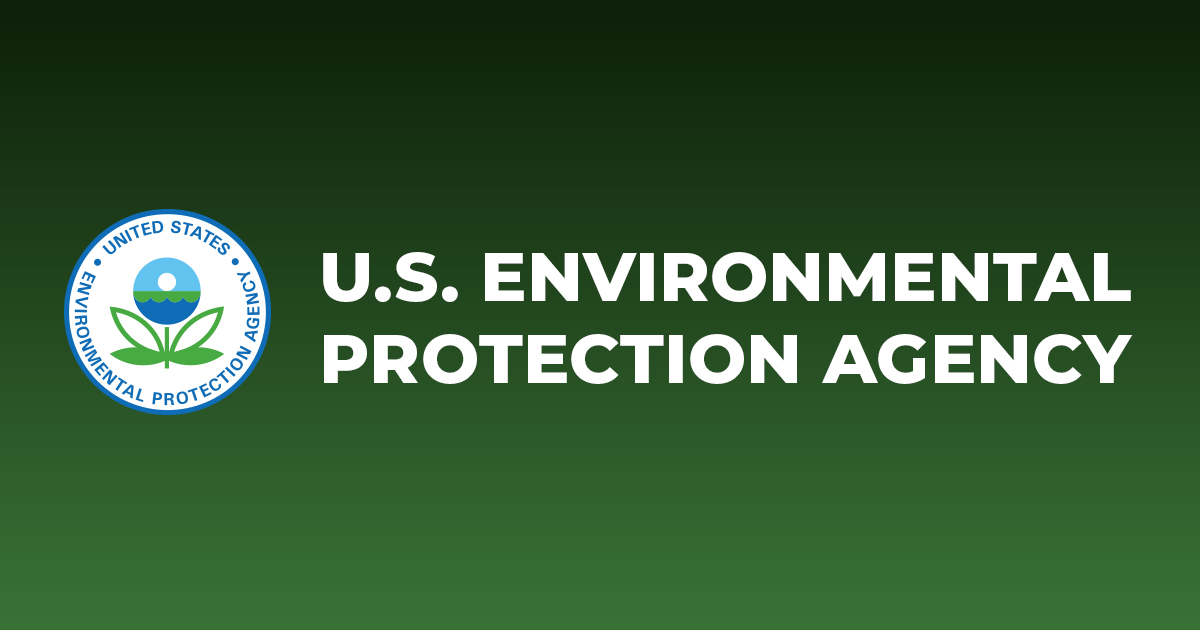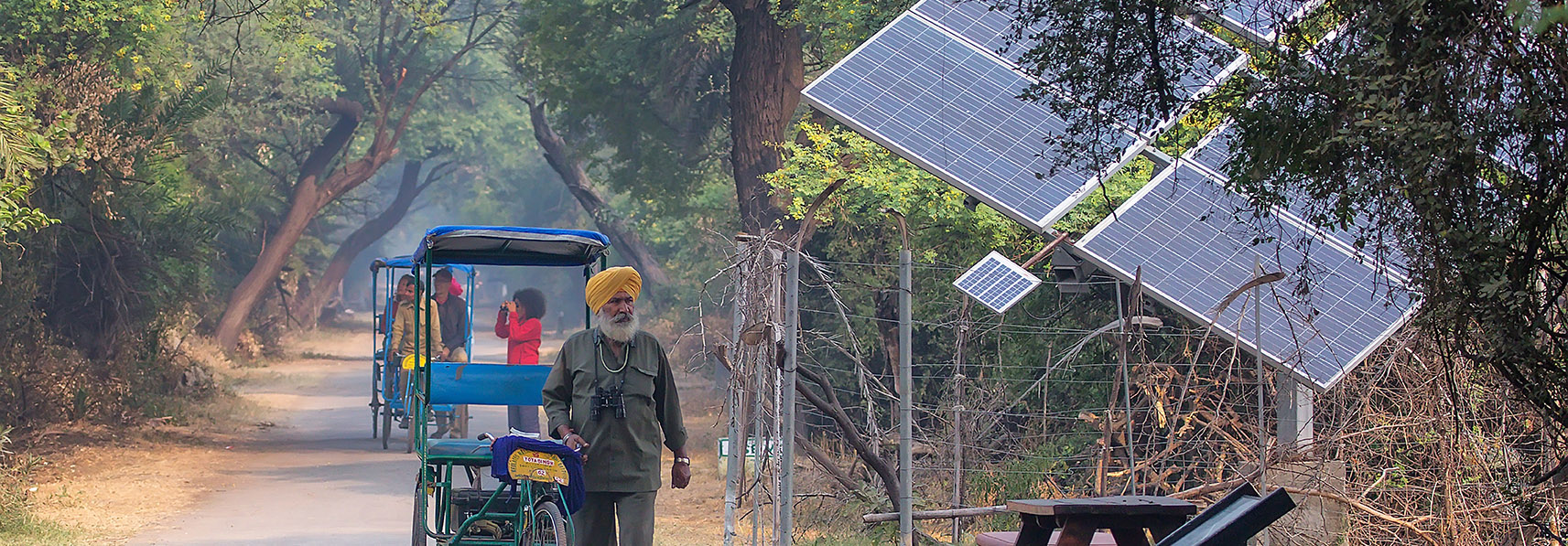Explore web search results related to this domain.
Our homes and the land they occupy ... the environment and our overall well-being. As we strive for a better world, we must consider how we design and build our homes and how we use and care for our land. This article will explore the importance of sustainable community development and why it matters...
Our homes and the land they occupy can significantly impact the environment and our overall well-being. As we strive for a better world, we must consider how we design and build our homes and how we use and care for our land. This article will explore the importance of sustainable community development and why it matters.Learn about sustainable community development and why it matters for building a better world. Explore key concepts and strategies.Building a sustainable community is not a one-person job. It requires the involvement and active participation of community members. Community engagement creates a sense of ownership, promotes transparency, and helps identify community needs and priorities. A significant contributor to climate change is the burning of fossil fuels, which pollutes the environment and poses a threat to public health.This makes solar energy more effective and appealing for business environments. Supporting local businesses helps keep money circulating within the community, fosters a sense of community pride, and promotes job creation. Encouraging local entrepreneurship and small business growth can contribute to economic sustainability.

A sustainable community reflects the interdependence of economic, environmental, and social issues by acknowledging that regions, cities, towns and rural lands must continue into the future without diminishing the land, water, air, natural and cultural resources that support them.
A sustainable community reflects the interdependence of economic, environmental, and social issues by acknowledging that regions, cities, towns and rural lands must continue into the future without diminishing the land, water, air, natural and cultural resources that support them.But it's not a bad start, in my opinion. It basically describes the vision of a sustainable community created jointly by some 25 attendees at NRDC's recent sustainable communities planning retreat. Utopian? Maybe so, but since when has the environmental community not been idealistic?One thing that I have learned in six months in my new position as director of sustainable communities at NRDC is even a lot of environmentalists don't quite know what to make of the phrase.More specifically to an environmental group such as NRDC, where I work, we use the phrase to describe places where per capita use of resources and per capita emissions of greenhouse gases and other pollutants are going down, not up; where the air and waterways are accessible and clean; where land is used efficiently, and shared parks and public spaces are plentiful and easily visited; where people of different ages, income levels, and cultural backgrounds share environmental, social, and cultural benefits equally; where many needs of daily life can be met within a 20-minute walk, and all may b

ZTE’s 16th annual sustainability report provides an update on progress to date
That approach has proved instrumental in helping to reduce global energy consumption and carbon emissions for itself, its partners and its customers, says the company. Added to these initiatives are public welfare and relief activities to benefit global communities, all helping ZTE to hit significant milestones in environmental, social, and governance fields.In many instances, surging power prices are now eclipsing sales growth by more than 50 percent, says the same report. Yet at the same time initiatives by telco businesses to flip to cheaper and more sustainable energy sources are enjoying mixed results, in some cases getting held back by operational and organizational limitations.The ZTE Corporation is a prime candidate here, a provider of integrated information and communication technology solutions which has a track history of green innovation. The company recently released its 16th Sustainability Report, which reveals that ZTE has so far assisted global operators in saving more than 10 billion kWh in electricity consumption annually.It has worked with over 1,000 partners across a number of sectors on green 5G deployments for example, helping them to hit their sustainability goals, achieve cost reductions, realize substantial efficiency improvements, and drive energy conservation and emission reduction.

Find out what sustainability means, why it matters and how to make sustainable choices. BBC Bitesize Scotland Learning for Sustainability article for Second Level CfE.
Sustainability means doing something that will cause little or no damage to the environment and will be able to continue for a long period of time. In this article you can learn about: Why sustainability matters · Examples of unsustainable things we do · How we can make more sustainable choices in life ·Fossil fuels are not sustainable. It is important to find sustainable sources of energy that we can use instead. (PSL Images / Alamy Stock Photo) ... It can feel exciting to buy new things but everything we buy has a cost for the environment.This damages the environment and will cause us to run out of these materials one day. ... Transporting items around the world on lorries, boats and planes uses up a lot of energy. (Frank Nowikowski / Alamy Stock Photo) ... We can all make a difference in the fight against climate change and to protect our planet. Using the rule · reduce, re-use, recycle can help us to live sustainably in order to protect the planet and the life on it.Some companies try harder than others to prevent pollution, use sustainable materials and energy, reduce transport and packaging, prevent waste. We can choose which companies you buy things from by checking whether they are friendly to the environment or not.
The three main pillars on which sustainability operates are: Environmental concerns: protecting the environment by reducing risks and protecting natural resources · Socially responsible practices: a focus on the well-being of people and communities, promoting equity, human rights, and universal ...
The three main pillars on which sustainability operates are: Environmental concerns: protecting the environment by reducing risks and protecting natural resources · Socially responsible practices: a focus on the well-being of people and communities, promoting equity, human rights, and universal access to resources like education and healthcareSustainable urban planning and infrastructure create healthier living environments, and social sustainability fosters communities where everyone can thrive.Sustainability encourages coexistence between humans and wildlife by promoting practices that minimise human-wildlife conflict. This can range from establishing wildlife corridors to protect migratory species in areas with highways or traffic to educating farmers or rural villagers who come into frequent contact with wild animals. Education and community engagement foster a greater understanding and appreciation of wildlife, supporting solutions for peaceful coexistence.Across the globe, we support numerous projects based around sustainability, with the end goal of protecting the biodiversity we need for our planet to survive. In Kenya, where wild animals, livestock, and humans often compete for resources, IFAW works with wildlife conservancies to reduce conflict and habitat loss while also securing an economic future for the communities.


Sustainability goes beyond just using renewable energy or ensuring job security; it involves empowering communities to lead their own development. At PCS, we prioritize creating "Community Owned" initiatives, where organizations are influenced by and accountable to the community they serve.
“I further think of Community Ownership as it relates to the United Nations Declaration on the Rights of Indigenous People. It refers to ownership as sovereignty and voice in all matters related to life itself – culture, society, language, economy, children, education, health, human rights.At PCS, we focus heavily on sustainability in our capacity development projects, where we enter existing spaces and assist in co-creating something new. A term that frequently comes up in this context is “Community Owned.”The common definition of ‘Community Owned’ suggests that when an organization is influenced through ownership and/or representation by community members, it operates in a way that is available to the community at large to utilize and benefit from. When this is achieved, and especially when combined with representation from governing bodies, the organization becomes sustainable.Community Stakeholders: Members from the community that the organization serves hold stakes in the organization, either through leadership roles or ownership. Government Participation: Entities like the government hold shares, ensuring they remain committed to ethical and sustained participation.
When a community has decided that they want to reap the rewards of sustainability development, there is often a question of when it should be done in order to be successful. Are they too set in their ways to make such a significant change? Is it too late to reduce their environmental impact? Is the damage already too great to reverse? The fact of the matter ...
When a community has decided that they want to reap the rewards of sustainability development, there is often a question of when it should be done in order to be successful. Are they too set in their ways to make such a significant change? Is it too late to reduce their environmental impact? Is the damage already too great to reverse? The fact of the matter is that there is never a wrong time to begin using sustainable practices.Topics in this article will include an explanation of what sustainability entails and what is required for its success in a community setting. Reasons why a community should consider becoming sustainable, the factors involved, and when the best time to beDiscussions surrounding communities and community development in recent years have seen an increase in chatter regarding sustainability. It's an effort to take into account future needs and self-reliance as the community as society and the economy change over time. It's also an open and conscious way to address the environmental impact that communities have throughout their lifetimes.Reasons why a community should consider becoming sustainable, the factors involved, and when the best time to begin sustainable practices will also be discussed. ... Sustainability is a practice where human needs and actions are addressed in a way that is environmentally friendly and stable.1 It's behaviors and actions that takes into account the effects individual actions have on the world and society as a whole and towards future generations.
Whether it’s planting native ... practices, we empower individuals, families, and communities to help the environment while helping themselves. Community support powers Sustainability Matters; there’s no big money or national organization behind us....
Whether it’s planting native wildflower meadows at landfills, teaching novice gardeners to grow their own food, or helping farmers access funding for conservation practices, we empower individuals, families, and communities to help the environment while helping themselves. Community support powers Sustainability Matters; there’s no big money or national organization behind us.Virginia-grown grassroots environmental nonprofit. We cultivate community through conservation. Game-changing projects, local workshops, global webinars.We’re a Virginia grown grassroots nonprofit, cultivating community through conservation. We bring sustainability to unexpected places.Sustainability Matters’ official spokescat, Haym, purroffers his sustainable savvy for the season: leave those leaves! Actually, skip fall garden cleanup altogether. Leaves mulch your plants over the winter, while offering nutrients to the soil and hibernation habitat to wildlife and overwintering pollinators.


Let’s be honest, the real question is: when are you reading a sustainability report? Yet, the purpose of a corporate sustainability report is now widely understood — these reports aim to communicate…
Let’s be honest, the real question is: when are you reading a sustainability report? Yet, the purpose of a corporate sustainability report is now widely understood — these reports aim to communicate a company’s Environmental, Social, and Governance (ESG) practices to stakeholders, including investors, policymakers, and consumers.Take, for instance, a company operating in an industry with a heavy environmental impact but only reporting on vague social issues while avoiding clear environmental data. As consumers, we need to be on the lookout for missing topics that should, logically, be central to a company’s sustainability efforts.Sustainability reporting has been increasingly adopted by corporations worldwide given the demand of stakeholders for greater transparency on both environmental and social issues.[1] Siew, R. Y. (2015). A review of corporate sustainability reporting tools (SRTs). Journal of environmental management, 164, 180–195.
The Metropolitan Police has launched a murder probe in south London after the death of the 26-year-old died of stab wounds.Separate stabbing incidents » · Conservative leadership hopeful Boris Johnson has defended his infamous description of black people in Africa bearing “watermelon smiles” ...
This publication offers low-income, minority, tribal, and overburdened communities approaches to shape development that responds to their needs and reflects their values.
Creating Equitable, Healthy, and Sustainable Communities: Strategies for Advancing Smart Growth, Environmental Justice, and Equitable Development (pdf) (3.56 MB) (2013) offers low-income, minority, tribal, and overburdened communities approaches that can guide development to respond to their needs and reflect their values.Communities across the country are integrating smart growth, environmental justice, and equitable development approaches to design and build healthy, sustainable, and inclusive neighborhoods.Creating Equitable, Healthy, and Sustainable Communities was developed jointly by EPA’s Office of Environmental Justice and Office of Community Revitalization.It provides a menu of land use and community design strategies that bring together smart growth, environmental justice, and equitable development principles and that community-based organizations, local and regional decision-makers, developers, and others can use to revitalize their communities.

Building a sustainable business practice has taken on a new meaning. Now organizations are not only concerned with creating a long-lasting business, but one that takes into consideration the planet, the physical environment we all live in. But what can the channel community focus on?
At the end of the day, sustainability is about more than just profits—it’s about doing good for society and the planet. Organizations that engage in sustainable practices can play a meaningful role in their communities.That’s not just good for the environment—it’s good for the bottom line, too. For all business owners, keeping operational costs low is essential to staying competitive. The good news is that adopting sustainable practices often leads to significant cost savings.Let’s face it: today’s customers care about sustainability. More and more, clients are looking for partners who align with their values, especially when it comes to environmental and social responsibility.Whether it’s through reducing waste, supporting fair labor practices, or giving back to local causes, sustainability builds stronger ties with stakeholders. Deloitte’s report also notes that the TMT sector is feeling pressure not just about climate but about data privacy and labor rights in the supply chain. As solution providers and vendors alike typically handle large amounts of sensitive data, being responsible stewards of both the environment and personal information is a must.


On the west coast of Florida, a town built to weather hurricanes hosted more than 2,000 people during Hurricane Milton. Could communities like this help shape Florida’s future?
All the structures at Babcock Ranch are built to withstand more than 150-mile-per-hour hurricane force winds, and its 150-megawatt solar farms and underground transmission system means the community rarely loses electricity. Roughly 90 percent of the property is preserved wetland that helps collect excess water and rarely floods.As Hurricane Milton rushed ashore last Wednesday at least 2,000 Floridians found safe haven at Babcock Ranch, a community the size of Manhattan that opened in 2018 to withstand climate-driven storms.A lakefront park in Babcock Ranch, a community built to withstand climate-driven storms, days after Hurricane Milton.Credit...Caitlin Ochs for The New York Times“Mother Nature is going to rule every time,” Mr. Kitson said. “But what we try to do is mitigate as much of that risk as possible and make our community as resilient as we can.”

Find out what the principles and practices are for sustainable social, environmental and economic development through the three pillars of sustainability.
Sustainability is an essential part of facing current and future global challenges, not only those related to the environment. Here’s what’s involved.

Although laypeople often use them interchangeably, sustainability and resilience aren’t the same thing. In fact, resilience isn’t even a single concept. Two influential ecologists have defined “resilience” in two completely different ways. This might seem like an academic debate over words – and indeed, not all environmental policymakers even know that this conflict exists. But they should. That’s because how we define problems, and come up with solutions, matters...
Environmental policymakers like to talk about sustainability and resilience. But in my experience, not enough of them know what these words mean. To get better results, they can start by defining their terms. ... Write an article and join a growing community of more than 195,500 academics and researchers from 5,104 institutions.That’s when the United Nations’ World Commission on Environment and Development defined sustainable development as “development that meets the needs of the present without compromising the ability of future generations to meet their own needs” in its high-profile report “Our Common Future”. This was a big deal. In the post-World War II era, environmental concerns had been expressed prominently and vividly by people such as conservationist Rachel Carson in her book “Silent Spring,” but until the U.N.’s 1987 report, no appropriate world body had officially recognized the relevance of these concerns.“Sustainability” and “resilience” have become buzzwords in recent years, but many people don’t know what either term really means. As an economist who studies environmental issues, I believe an important first step to solving any problem is to define your terms clearly.In other words, if you think a system has only one equilibrium state, then Pimm, or engineering resilience, is the correct concept to use. This is because no matter how badly this system gets shocked, when the shock is removed, this system will always return to its unique state of balance.

Football has an important role to play in creating a more sustainable society, and we are accelerating the adoption of social and environmental practices among clubs participating in our men’s club competitions.
Clubs must have a policy to improve their environmental footprintUEFA via Getty Images · Sustainability officers are encouraged to actively engage with the growing SES community within European football, sharing knowledge and best practice to inspire increased and more effective action.We know that change won't happen overnight, but by investing in the long-term sustainability of the sport, we believe that together we can make a positive difference to our communities. ... The mission of our sustainability strategy, Strength Through Unity, is to activate and accelerate collective action to respect human rights and the environment in the context of European football.Under the UEFA club licensing system, every club that participates in the UEFA Champions League, Europa League or Conference League must appoint a social and environmental sustainability (SES) officer to oversee the implementation of sustainability policies and measures.All you need to know about our ongoing efforts to make UEFA club finals as sustainable as possible. ... UEFA’s dedicated online abuse platform flagged 663 social media posts for removal during the 2023/24 club competition finals. ... The UEFA EURO 2024 Environmental, Social and Governance report showcases the results of a €30.6m investment in sustainability and data-driven approach.
Furthermore, our projects support and empower local communities, following the important sustainability idea that we must save the environment while encouraging social equality. We use a valuable existing resource, waste pickers, and provide personal protective equipment, proper training, and ...
Furthermore, our projects support and empower local communities, following the important sustainability idea that we must save the environment while encouraging social equality. We use a valuable existing resource, waste pickers, and provide personal protective equipment, proper training, and access to healthcare when needed.You need time to develop a sustainable business model. Unfortunately, time isn’t something that the environment has. Buy some time by partnering with TONTOTON to address your plastic waste now. It’s not just good for the environment and local communities, but it’s good for business, too.Sustainability is a policy concept that seeks to reduce humans’ impact on the world while ensuring prosperity for future generations.This reduces disease, brings back marine life that many of these communities depend upon for food, and encourages tourism through cleaner beaches. Once we’ve purchased collected plastic from waste pickers, we send the plastic waste to cement factories for co-processing: a zero-waste process which converts the plastic to energy and raw materials that are mixed into the cement. As an energy source, plastic is more efficient and cleaner than coal, ensuring that the plastic waste is removed from the environment in the cleanest way possible.


The Community Sustainability Action grants are provided to rehabilitate, protect and support Queensland's unique environment and wildlife; offer valuable research into long-term viability of koala populations in the wild; and conserve and improve the community's access to Queensland's heritage ...
The Community Sustainability Action grants are provided to rehabilitate, protect and support Queensland's unique environment and wildlife; offer valuable research into long-term viability of koala populations in the wild; and conserve and improve the community's access to Queensland's heritage places.The Community Sustainability Action grants provide grant funding to eligible community groups and individuals for innovative projects which seek to address climate change, conserve Queensland’s natural and built environment and protect our unique wildlife.To date, a total of over $32 million has been allocated to 1006 projects under the Community Sustainability Action grant program. View a list of the current and previous Community Sustainability Action grant recipients.Successful applicants under Round 7—Community Sustainable Spaces have been announced.
The term "sustainable communities" ... or modified to promote sustainable living. Sustainable communities tend to focus on environmental and economic sustainability, urban infrastructure, social equity, and municipal government....
The term "sustainable communities" has various definitions, but in essence refers to communities planned, built, or modified to promote sustainable living. Sustainable communities tend to focus on environmental and economic sustainability, urban infrastructure, social equity, and municipal government.The Institute for Sustainable Communities outlines how political empowerment and social well-being are also part of the definition. Additionally, referring to communities in Shanghai and Singapore, geographer Lily Kong has paired concepts of cultural sustainability and social sustainability alongside environmental sustainability as aspects of sustainable communities.Etymologically, the term "sustainable community" grew out of the related discourses of "sustainability" and "sustainable development" that gained widespread use among local, national, and international politicians and policymakers in NGOs starting in the late 1980s. The term originally referred to environmental concerns and was later applied to cities.Many also offer plans and guidance on improving the sustainability of various practices, such as land use and community design, transportation, energy efficiency, waste reduction, and climate friendly purchasing. Some government groups will create partnerships where departments will work together using grants to provide resources to communities like clean air and water, community planning, economic development, equity and environmental justice, as well as housing and transportation choices.These departments work together with a mission to “improve access to affordable housing, increase transportation options, and lower transportation costs while protecting the environment”. All three bureaus offer funding opportunities to support communities in areas of clean air and water, community planning, economic development, energy efficiency, equity and environmental justice, as well as housing and transportation choices. The partnership incorporates six principles of livability into its grant-making and program development.: ... Along with working collaboratively, these government a
Fosters a community spirit that creates a sense of belonging, a sense of place, and a sense of self-worth. Stimulation of creative expression through the arts. Protection and enhancement of public spaces and historic resources. Provision for a healthy work environment.
Fosters a community spirit that creates a sense of belonging, a sense of place, and a sense of self-worth. Stimulation of creative expression through the arts. Protection and enhancement of public spaces and historic resources. Provision for a healthy work environment.ISC’s mission is to help communities around the world address environmental, economic and social challenges to build a better future shaped and shared by all.Since 1991, ISC has worked with thousands of communities, organizations, institutions and companies in more than 30 countries. We believe strong communities are the foundation of a peaceful and healthy planet for humanity.A sustainable community takes into account, and addresses, multiple human needs, not just one at the exclusion of all others.









